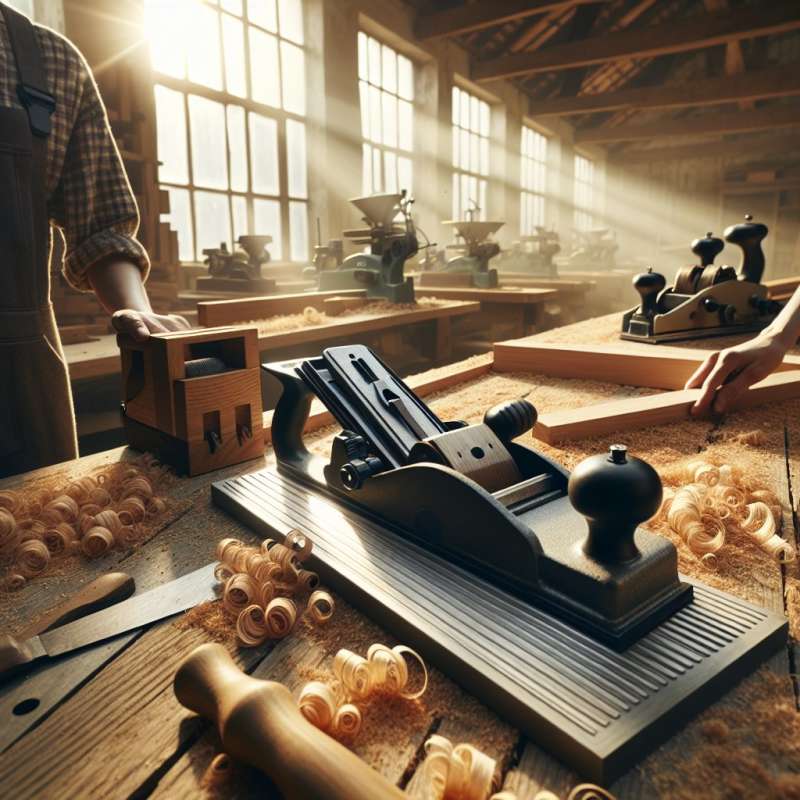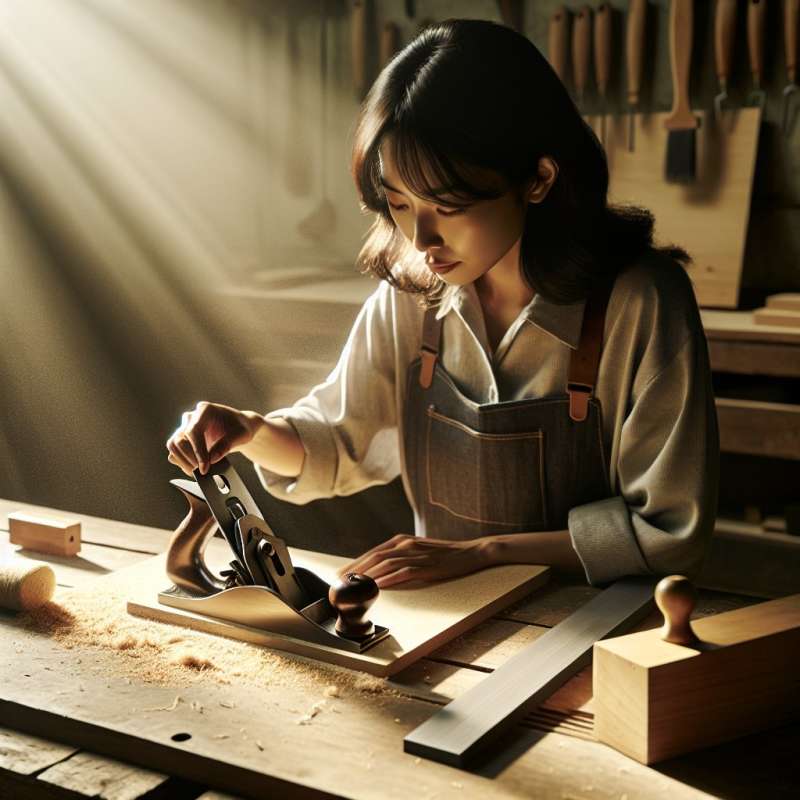
Planers: Definition and Purpose
A planer is a woodworking tool used to create uniform thickness across boards and to surface rough pieces of lumber. It's essential for ensuring precise fits in joinery projects.
Historical Evolution of Planers
Early planers were simple hand tools. The 19th century brought mechanization with the introduction of industrial planing machines, drastically increasing efficiency and precision in wood processing.
Types of Planers Explained
There are several types of planers: handheld, benchtop, and stationary. Each serves different needs, from portable job site tasks to heavy-duty milling in a professional workshop.
Planer Blades and Materials
Planer blades are typically made from high-speed steel or carbide. Their durability and sharpness vary, influencing the finish quality and the types of wood they can effectively plane.
The Precision of Modern Planers
Today's planers can achieve remarkable precision, some allowing adjustment increments as fine as 0.001 inches. This enables woodworkers to achieve exceptionally smooth and consistent surfaces.
Planer Maintenance Tips
Regular maintenance is crucial. This includes blade sharpening, ensuring tables are flat and parallel, and keeping the machine clean to prevent snipe—a deep cut at the end of a board.
Sustainable Wood Planing
Modern planing techniques and equipment focus on sustainability. They maximize lumber usage, minimize waste, and often incorporate dust collection systems to improve workshop air quality.
What is a planer's main function?
Cutting angles in wood
Uniform thickness in boards
Drilling holes in wood
Company